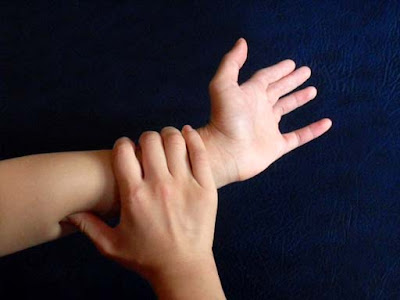It has been a while since I last updated because I have been feeling demotivated with training. My elbows are slowly improving but they are still bothering me enough that I cannot grip a gi. I have been trying to work on my guard but as my game is very reliant on controlling the gi, I have been feeling very frustrated and despondent. I have also stopped Judo and weights completely which upsets me as I enjoy doing both.
A few weeks ago I realised I needed to pull myself together and stop feeling sorry for myself: I should stop yearning for the things I could not do and start finding ways to train that do not aggravate my injuries. Instead of Judo class on Mondays I am now attending no-gi class. My no-gi experience is fairly limited compared to my overall BJJ training history. I have ocassionally dabbled with it in the past but I did not like it very much because I felt like I was drowning in the sea with nothing to hold onto. Now that I have more BJJ experience I am finding I enjoy no-gi. It is forcing me to be quicker and tighter in the way I control and apply positions. I think in the long run I may even find that no-gi grappling suits me more than BJJ in the gi.
In gi class I am developing my guard to become less reliant on the gi: Instead of pulling on the sleeves and lapels to control I am now pushing and blocking my partner's head, shoulders and hips to escape my hips and create space. It is forcing me to use my arms less and use my hips and legs more which can only be a good thing in the long run. I always enjoyed attacking with gi chokes but now I am unable to grip to apply them I am relying more heavily on joint locks and trying to see them from all positions.
At first, I saw my injury as a handicap: It was a limiting factor that prevented me from playing my usual BJJ game. Now I see my injury as an opportunity for me to learn other ways of using my body. By shifting my focus from my short-term setbacks to my middle- and long-term development, I have rekindled my enthusiasm for BJJ. Although it may be difficult to see it at the time, sometimes injury can be a blessing.






